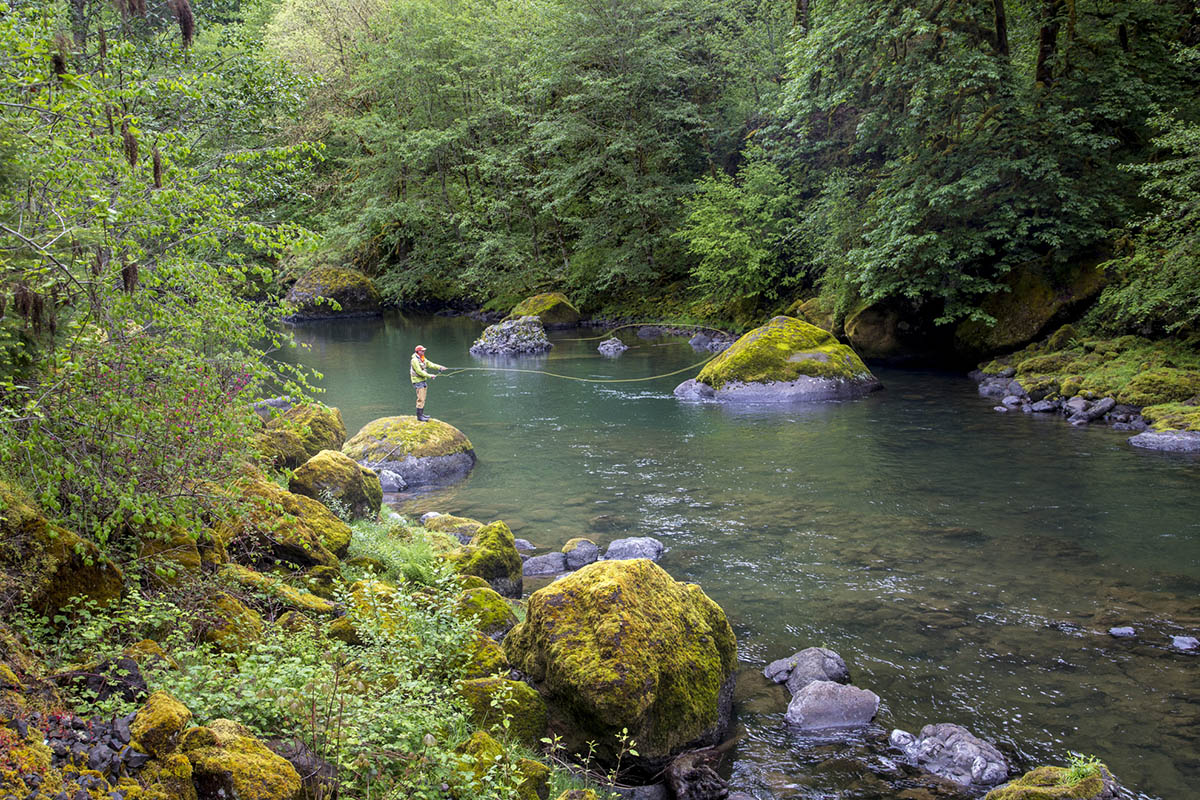
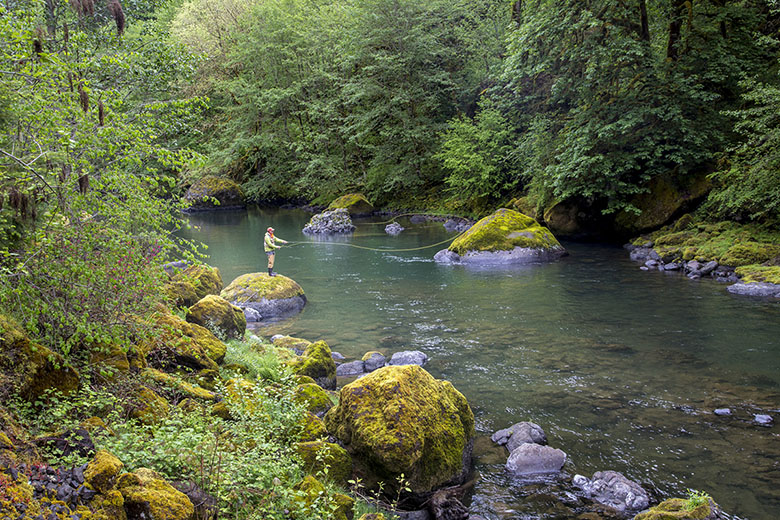
It’s a brave new world out there for fly rods. As manufacturers continue the quest for the lightest, fastest rods, the tapers and construction methods have advanced with amazing alacrity. As a fly fishing guide and instructor, not to mention an avid angler, I have seen advancements over the last decade we wouldn’t have dreamed of twenty years ago. Introductory-level gear has become equipment that actually works. Super-fast action 9’ 5-weight rods weigh less than three ounces. I’ve been fortunate enough to give a wide array of rods a proper test drive, and the good news is that in 2014 there is something out there for everyone and every price range.
Below are the best fly rods of 2016, with a focus on 9-foot, 5-weight rods, the industry standard “all-rounder.” All the rods we will touch on here come in a variety of lengths and weights, and some will be available in two and four piece models (if you plan on travelling with your rod, get a four-piece). In addition, all the rods have the same unconditional, no-questions-asked lifetime warranty.
Redington Path 4-piece ($189 with a reel)
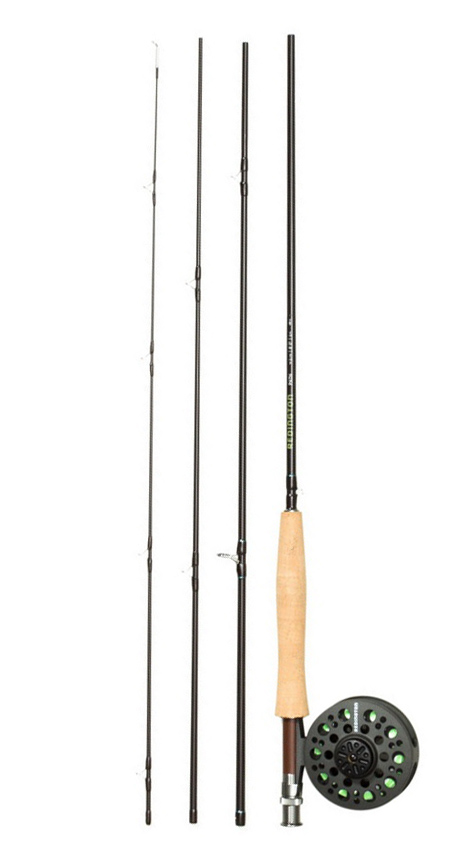
The Path is new to the Redington line and is a direct result of their partnership with Sage. This is a simple, relatively light and quick fly rod set-up with a reel and pre-spooled line. For the price, the finishing of this rod is really good. The reel seat is anodized aluminum, it has alignment dots on the ferrules for easier set-up, and it just plain looks good. As for performance, its action is a bit clunky, but there’s enough feel to have fun with. This rod loads up nicely with thirty to forty feet of line out and will handle heavier nymph rigs and streamer patterns as well as any inexpensive rod should. The kit that comes with a cool, reel-on case, a balanced Redington Path reel, line and leader. It’s a just-add-water system for under $200 that actually works!
Weight: 3 oz.
What we like: The price! This is simply a great rod for the money and will get the job done.
What we don’t: Ultimately you will grow out of this rod—the lack of feel will send you to better quality by next season.
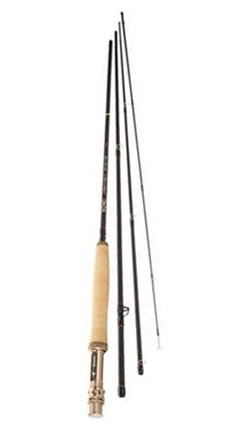
This one’s a no-brainer. Tim Rajeff—a lifer in the fly fishing industry who has been designing graphite for thirty years and has won just about every casting competition out there—started Echo and oversaw the design of every rod they offer. He is, in short, a titan, and won’t put his name on anything that doesn’t rock. All things considered, this rod is so much better than any sub-$200 stick should be. It looks great, casts wonderfully and feels awesome with a fish on. It is a true game changer and in time will be looked upon as revolutionary. Echo also makes reels—the ION is $80 and works great. So for $250 you’ve got a system that may not become a family heirloom, but will be in your quiver for a long time.
Weight: 4 oz.
What we like: Good looking, fishes great, unreal price.
What we don’t: A bit more authority would be nice. A little heavy.
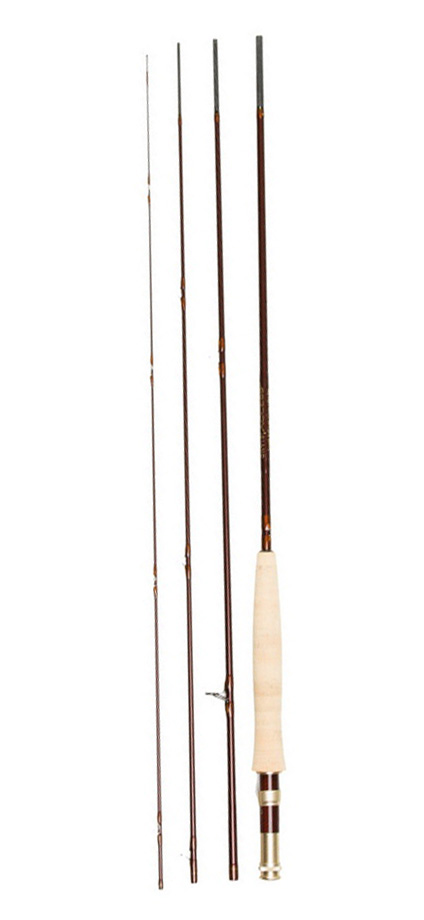
Orvis Access Mid-Flex 4-piece ($395)
The Orvis Access Mid-Flex is darn close to the ideal fly rod. It’s light, super smooth, and just authoritative enough to be properly versatile and handsome. This is the little brother of the Orvis’ Helios 2, an award-winning rod in its own right, but one that I would argue is not as much fun to fish. The Access has more feel than the Helios and will cast beautifully in almost any situation. And while the Orvis Access Tip-Flex may handle heavy rigs better, the Mid-Flex has more sensitivity and feedback, and that’s why it gets my vote (I’d take a rod that communicates better but might lack a smidge of backbone, but either one would serve you well). As for finishings, the reel seat is woven graphite/aluminum, and has chrome guides wrapped with sunburst and gold tipping. The Access is an amazing value for a rod that will get a ton of use. Also in this price range are the Sage Response and Scott A4—there’s nothing wrong with either but we prefer the Access.
Weight: 2.65 oz.
What we like: Lightweight and smooth.
What we don’t: Nothing.
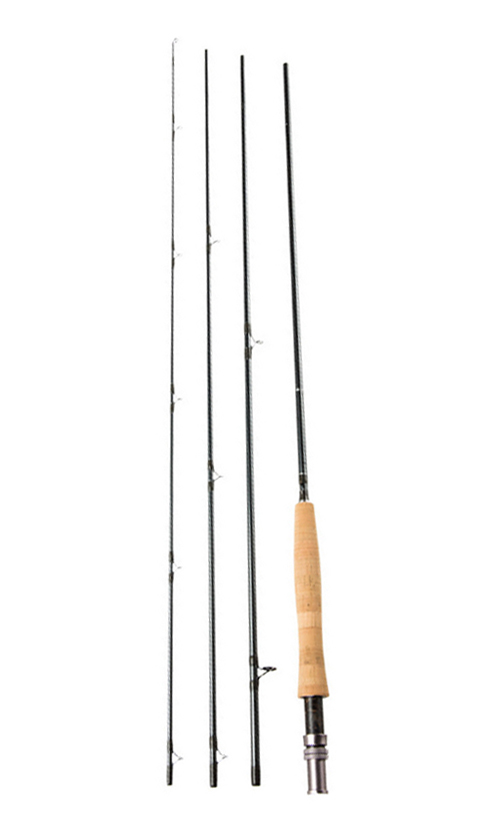
Hardy Jet 4-piece ($495)
The Hardy Jet represents something very close to the top tier, but for three hundred dollars less! Hardy is a very old company, dating back to the introduction of hexagonal bamboo design (the earliest click and pawl reels), and they have continued to innovate for a century and a half. They’ve developed proprietary technology used in airplanes and Formula 1 racecars. So you’d think they could build a really good fly rod. And they do. The Jet is part of a series called SINTRIX. This is a space age composite of carbon fiber and resins, producing an unbelievably light rod that has power and feel. Years of research and development went into this design, and it’s an amazing thing to behold. Beyond the performance there is the beauty and undeniable craftsmanship from butt to tip. Reel seats have burl wood spacers, anodized aluminum threads and twin lock function. The guides are hard, brushed chrome. The cork is ‘AAAA’. The ultimate combo would be pairing this rod with one of Hardy’s Ultralite Reels ($225). The Sage VXP ($495) fly rod also is in this class but we prefer the Hardy Jet.
Weight: 2.8 oz.
What we like: One of the more beautiful fly rods you’ll ever see. And it works just as well!
What we don’t: Questionable customer service.
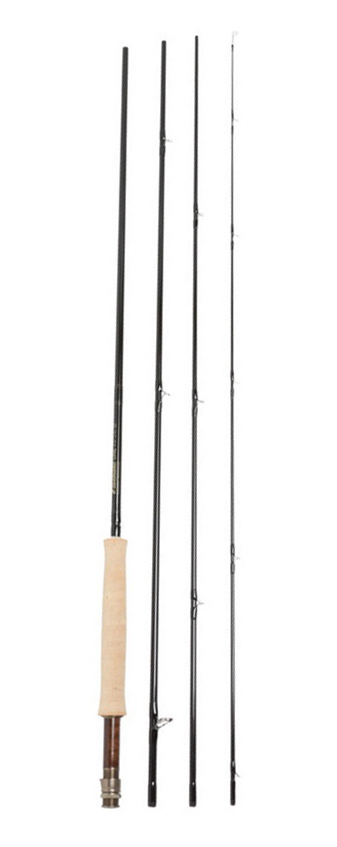
Sage One 4–piece ($775)
No doubt about it, this is an expensive fly rod. But hey, skis and bindings will run you more. And unlike technological advances that perpetually render last year's skis outdated, this is a rod that will never, ever, be anything but awesome. This entire article could have been about the technology of this rod, but we'll save you the lecture. What you need to know is that Sage hit the nail squarely on the head with the fabrication, construction and tapering of the One. Performance-wise, the Sage one is so powerful, smooth and accurate it will make you feel like a casting veteran. From little dry flies to sink-tip lines and big streamers, this rod will throw it with ease. And because of all the little weight saving things Sage did, the One is unbelievably light. And just as pretty. The reel seat is walnut and golden-bronze anodized aluminum, and has hard chrome snake guides and a Fuji ceramic stripping guide. This rod simply epitomizes power, style and grace.
While we’re at it, let’s mount a sweet reel on this thing - one that can handle big trout and steelhead. The Hatch 5 Plus will do nicely - milled from one-piece anodized aluminum, and designed by the guys who make Scotty Cameron putters. This is a system that will perform to the very highest level and will be passed from generation to generation. There are other really good rods in this price range: the Winston BIIIX, Orvis Helios 2, Scott Radian, and G. Loomis NRX. These are all excellent rods and I’ve fished with all of them. They would all be welcome under the Christmas tree. But given the choice, I’d take the Sage.
Weight: 2.75 oz.
What we like: Superior casting. This rod just does everything really, really well.
What we don’t: The price.
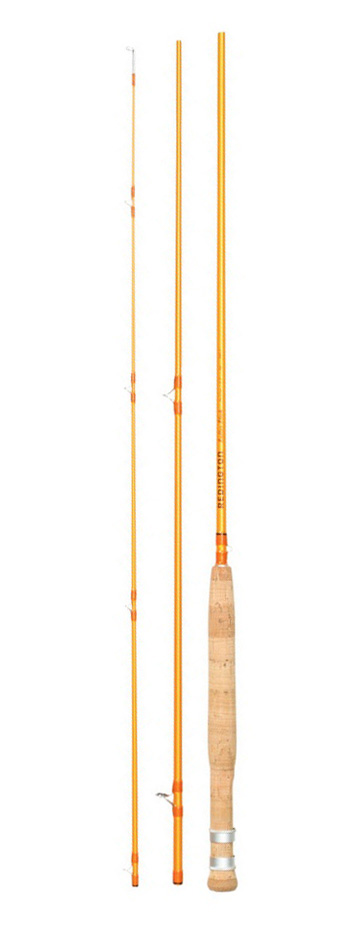
It only stands to reason that the reaction to the fast and light graphite revolution is to revert back to the origins of “plastic” (non-bamboo) rods when slow and heavy were the norm. The truth is, glass is just plain fun to fish. The material has limitations and will never come back to overtake graphite in overall popularity, but there has been enough refinement in construction and tapering to create perfectly functioning rods. And now we are seeing more and more modern manufacturers race to create the new “it” glass rod. It would be wonderful if everyone had a little glass rod in their quiver for the occasional evening of dry fly fishing, or hike up the throat of a deep canyon in search of wild brook trout (that is what glass is ideal for).
It’s hard to pick a favorite—Redington’s Butter Stick ($249) and Echo’s Glass ($199) are awesome. Orvis’ new Superlight Fiberglass ($395) is the real deal. And Scott’s F2 ($645) is undoubtedly the class of the field. But if money was no object, I’d still go with the Red Truck Diesel in an 8’6” 4-weight ($595) because it’s the best looking, has some real strength in the butt section, and the rod tube lid has a built-in bottle opener! Keep in mind that fiberglass rods don’t all have unconditional warranties, so make sure to check the one you’re interested in.